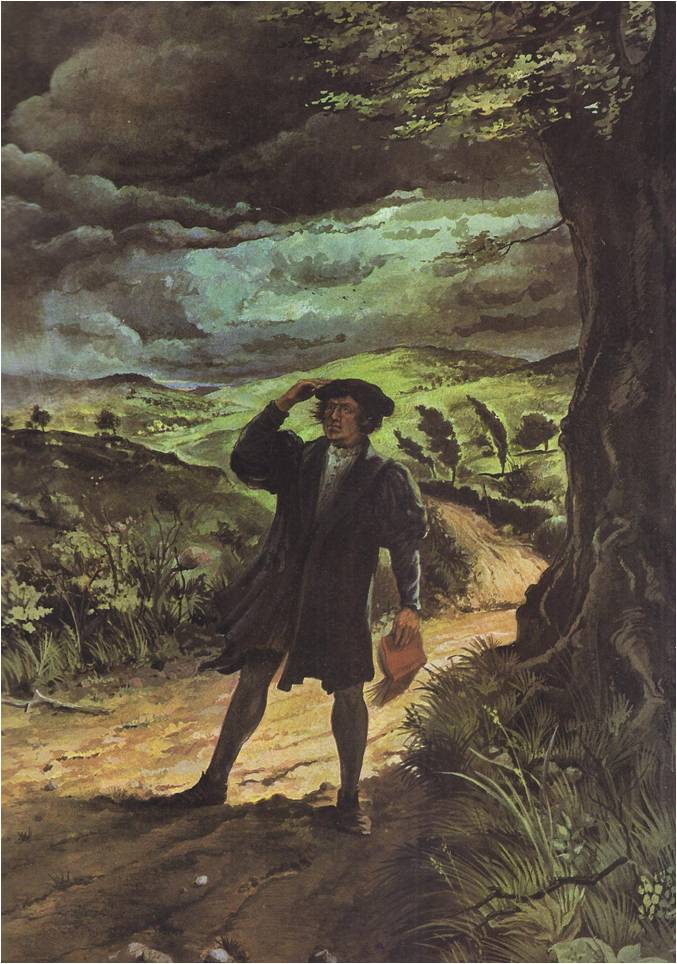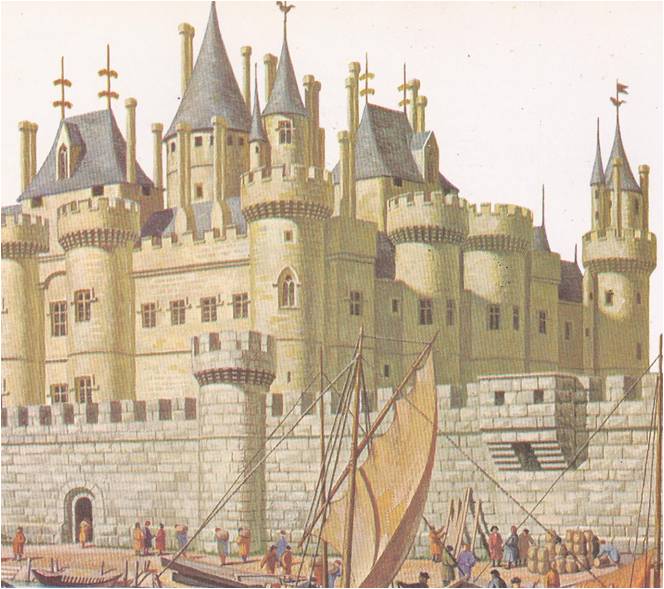ALONG THE DUSTY SPANISH road leading north from Granada plodded a mule. On its back, bouncing and cursing his luck, sat a glum Italian sea captain. Four years before, Captain Cristobal Colon — the English would call him Christopher Columbus — had come to Spain on horseback, like a gentleman. He had been received at court, granted audiences with King Ferdinand and Queen Isabella and invited to describe his daring plan to sail west across the Ocean Sea to India. Royal advisers had asked to study his maps and the charts on which he had plotted a course and he had waited, full of hope. The king was busy chasing Moslems out of Granada and the pious queen was more interested in church matters than exploration. Although everyone was polite and encouraging, no one offered the gold Columbus needed for his expedition. At last, gathering up his maps, he set out for the court of France. This time, like a peasant, he rode on the back of a mule, the only mount he could afford. Some miles out of Granada, Columbus heard behind him the sound of galloping hoofs. Then a horseman in royal livery reined in beside him and called for him to stop. He must turn back, the horseman said. The queen wished to hear again his plan to sail to the Indies. One royal adviser had not forgotten Columbus’ maps. When he heard that the captain was leaving Spain, he had rushed to Queen Isabella and urged her to hire Columbus to sail under the Spanish flag. Portugal, he reminded her, was profiting richly from such expeditions. He added, if Columbus found a route to the East, there would be a splendid opportunity to convert the heathen Indians and Chinese to Christianity. The queen agreed and asked …
Read More »









